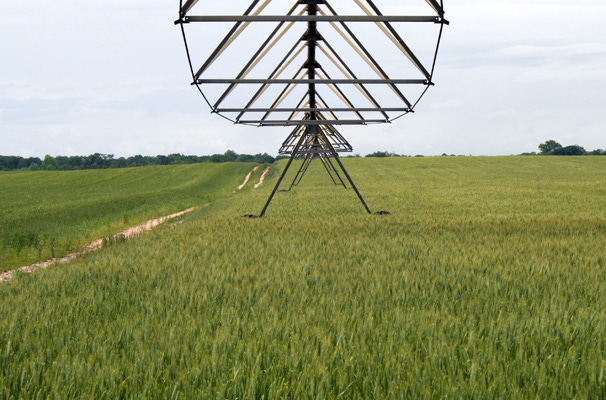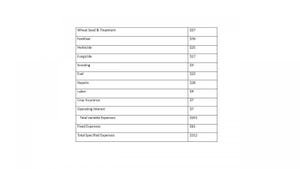September 21, 2015

It’s time for producers in Tennessee and surrounding states to start looking closely on whether they want to plant wheat for the 2016 season. Wheat for 2016 has as much profit potential as competing crops and appears to have a place in a grain rotation.
Weather conditions in the fall generally have a bearing on wheat acres. We typically plant wheat after corn as well as early soybeans so the ability to get those crops harvested timely have a direct bearing on planting wheat.
Most producers that plant wheat do so as part of a crop rotation and acreage is increased or decreased depending on the projected profitability. When we start to evaluate wheat, and in Tennessee it usually is wheat with double-crop soybeans, we have started planning for the 2016 production season. When we do this, we need a reasonable idea of the projected profitability of competing crops.
Unfortunately, at this time we can’t really project profits on average production any better in 2016 than what 2015 appears to have in store. Prices appear to be stagnant with below-breakeven prices at average yields in the offering. It is a little early to gauge where 2016 input prices will be, but for projection purposes we will assume they will hold steady with 2015. All in all unless something on commodity prices break in the next six months, producers will need above-average yields with a close watch on costs to survive in 2016.
What does it look like for 2016 at prices offered for 2016?

This initial look at 2016 projections indicates that producers will have to be again diligent at cost control while striving to produce a maximum economic yield. To cover the variable expenses listed plus fixed machinery expenses would take 62.4 bushels per acre of wheat at $5 per bushel. At a $5 per bushel price, a producer would need to produce around 83 bushels of wheat per acre to breakeven over variable, fixed (machinery depreciation & interest) and land costs. There could be some potential reduction in seed costs if a producer is using saved seed but caution should be used that it is of good quality.
Although crop profitability including all expenses is negative for all crops, it can give us a comparative picture of how the crops stack up for 2016. Where does wheat shine the brightest? Wheat and the accompanying double crop soybeans always look best on own or cash rent ground and it again does in the included projection. The returns for wheat/soybeans really start to narrow up when a share land rent comes out and go negative when fixed costs are considered. Some of that is due to the nature of harvest equipment running over the farm twice and the additional hours the equipment is used. A producer might want to substitute equipment payments in fixed costs to give a better picture on an individual farm.
As with any crop, wheat should be matched to the land or farm it is best suited for considering among other reasons land costs – own, cash rent, or share rent; weed control that will be needed, and timeliness of planting. There may also be opportunities to improve returns by keeping abreast of markets and market conditions here in the U.S. and abroad.
You May Also Like




